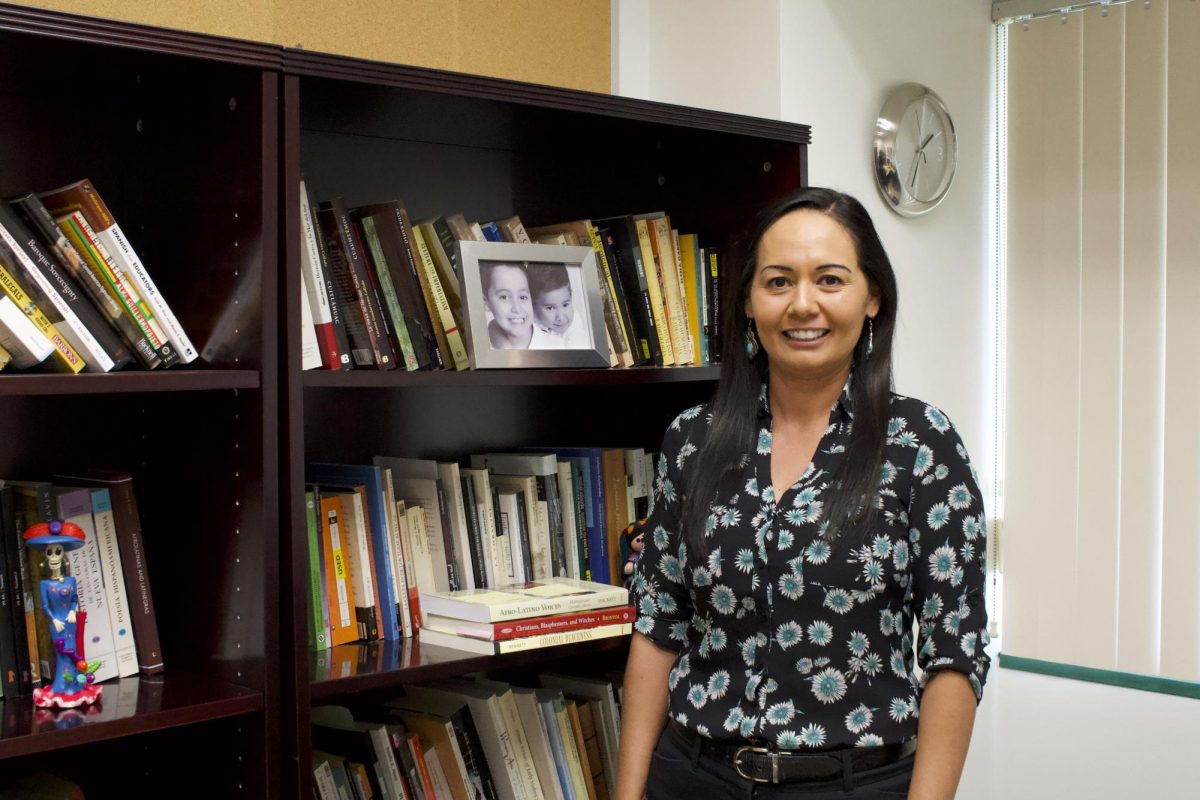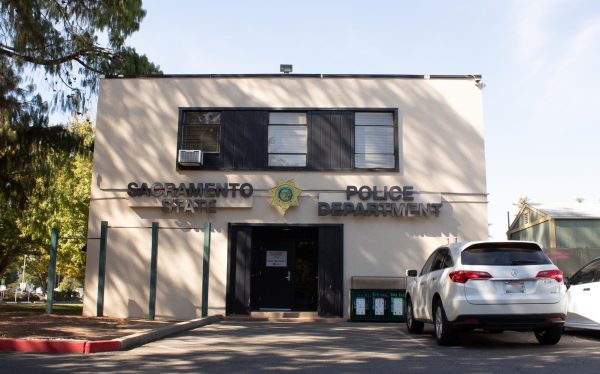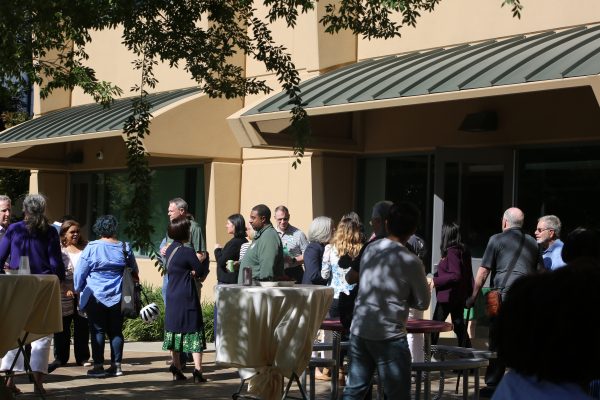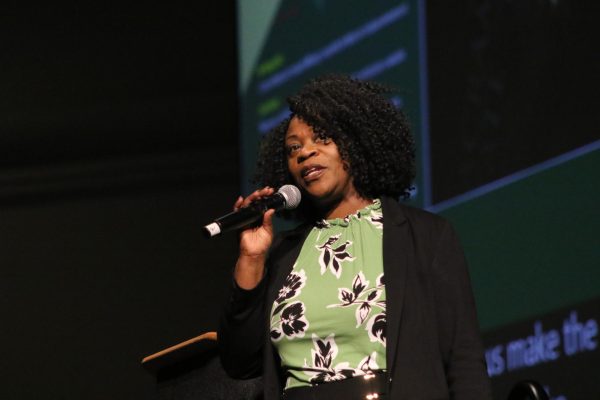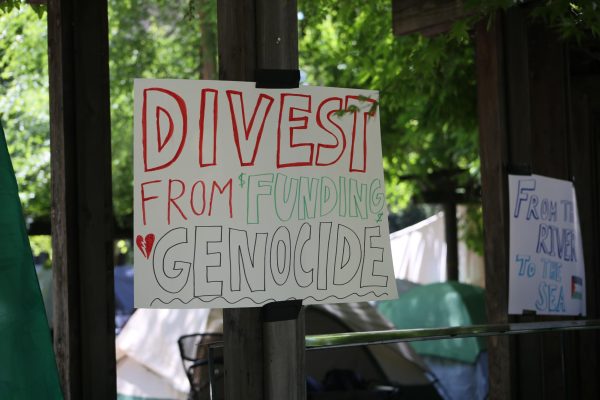Student activity fees one-third of CSUS athletics revenue
February 22, 2011
Student activity fees that support the Sacramento State athletics program have become its largest source of revenue, outpacing dwindling direct and indirect university support.
Student activity fee revenue made up $4.5 million, or 29 percent of total athletics revenue in the 2009-10 budget year, up from making up $3.5 million or 24 percent of revenue in 2008-09. The next highest source of revenue from 2009-10 was direct institutional support, like state funds, which made up $4.2 million or 27 percent of total sports revenue.
Student activity fees, fees that support athletics, increased $18 in 2009-10, another $22 this year, and are scheduled to increase an additional $22.50 for the 2011-12 school year – adding up to a total of $125 per student.
Sac State President Alexander Gonzalez implemented the fee schedule in the 2009-10 school year despite a student vote that rejected the fee increases in April 2009.
John Kepley, special assistant to Gonzalez, said the fee increases were necessary to help pay for increased costs associated with keeping the sports program running.
“The fee had not increased since around 1995,” Kepley said. “In order to make sure that program did not engender future financial problems was one of the reasons (Gonzalez) did it.”
Kepley said it is important to remember that the student vote was an advisory vote in nature, and not binding.
But the ASI ballot language did not indicate that vote was advisory to student voters. In fact, an analysis of the student activity fee measure notes to students that if the measure failed, the “ASI Student Activity Fee will not be increased.”
The Student Fee Advisory Committee, a group of students who advise academic departments and the administration on certain program-level fees, put the measure on the 2009 ballot and approved its language.
“The Student Fee Advisory Committee is aware of the advisory nature of the referendum and has a majority of students that sit on the committee,” said Gina Curry, Student Fee Advisory Committee administrative designee. “I am not sure if they communicated it to their constituents.”
Despite the vote’s advisory nature, the decision by Gonzalez to implement the fee is still controversial to some students.
Senior biology major Alama Lopez, member of the Sac State Coalition, criticized Gonzalez for not respecting the student vote, and said she believes the fees should be rescinded.
“When students take a vote and say ‘no,’ and he does whatever he wants to, what does that say?” Lopez said. “It does not seem that student’s voice mattered at all.”
But Peter Buck, an academic All-American linebacker, said he felt that Gonzalez made the right choice increasing student fees for sports.
“I think that the president saw a bigger picture,” Buck said. “A lot of the students oftentimes just come to class and then they go home. They don’t know anything about the university, and are not really looking to improve the university. They are just looking out for themselves.”
Despite the increase in student fees, the sports program ran a deficit in the 2009-10 school year.
According to official Sac State Athletics accounting documents, athletics ran a deficit of $417,959 for the 2009-2010 school year, after encumbered expenses and revenue from the Sacramento Mountain Lions football team are taken into account.
Brian Berger, media relations director for Sac State sports, said the primary reason for the deficit was the installation of new field turf in Hornet Stadium, which will be fully paid for in 2014. He said the projects’ costs are not being paid for with student fees or with state money.
Berger said that the addition of field turf allows Sac State to host more events at Hornet Stadium, including the United Football League’s Sacramento Mountain Lions, which brought $300,000 of revenue for sports in 2009.
“Such events not only garner revenues for multiple units of the campus community but serve to help meet the university’s goal of becoming a more welcoming campus to the greater Sacramento community,” Berger said.
Terry Wanless, Sac State athletics director, acknowledged that to have a quality sports program is expensive, but said overall the athletics department adds a lot of value to the campus.
Wanless said students need to keep in perspective that athletic fees at Sac State are much lower than most schools.
“You do athletics for a lot of reasons,” he said. “One is for the athletic experience and participation and the values associated with it. But as big and as valuable is the marketing value that a strong athletic program brings to a campus.”
At Cal Poly San Louis Obispo, another FCS school, students pay $105 per quarter to support athletics, adding up to a total of $315 a year. In comparison, Sac State students paid $205 for athletics this year. With fee increases in 2011-12, students at Sac State will pay $250 each year.
However, at CSU schools without football, athletics fees tend to be lower than at Sac State. At Cal State Fullerton, for instance, with athletics fees of $68 a semester, students pay $136 a year.
At other CSU campuses athletics fees are significantly lower. At Cal Poly Pomona, students pay $7 a quarter for athletics, adding up to $21 a year. At CSU Los Angeles, students pay $19.50 a semester for athletics, adding up to $39 a year.
Wanless said he envisions and wants Sac State athletics to grown into a watershed athletics department.
“My goal is very simple,” Wanless said. “I want you to leave this campus wearing a Sacramento State T-shirt feeling very proud it. Not just because of the great education you received, but for the total collegiate experience, and athletics is a part of that.”
But Robert Metcalf, a biology professor and former member of the Sac State Athletics Advisory Committee, said there is not enough community and campus support to match the investment from student fees and the university.
“Lets get real, there is no interest among the CSU students and there is no interest among the community,” Metcalf said. “If you want to have an athletic program that matches the purse, we should move back into division two.”
Metcalf criticized the fact that student fees are the largest source of revenue for sports, considering that the fees were rejected in the April 2009 referendum.
“It was wrong of Gonzalez to violate the students vote,” Metcalf said. “Those fees should be rescinded”
Kepley said it is difficult to measure the revenues that are brought in by athletics. He said by multiplying the number of athletes who do not receive financial aid or scholarships by the costs of attendance, such as money spent on tuition, room and board and books, you find that non-scholarship athletes generate $9.8 million in revenue for the school.
But Dan Fulks, a research analyst with the NCAA, questioned how many student athletes are actually on campus simply to play sports.
“It’s a good point, and it is arguable,” Fulks said. “But I question how many of those athletes are at Sac State just to walk on. I would imagine most of those athletes were probably already coming to Sac State anyways and walked on hoping they would get some playing time.”
Timothy Sandoval can be reached at [email protected]



















